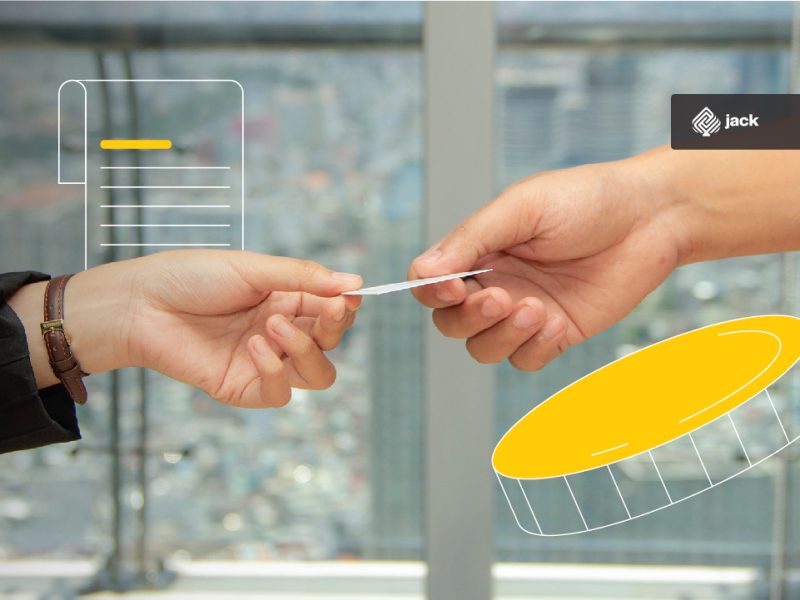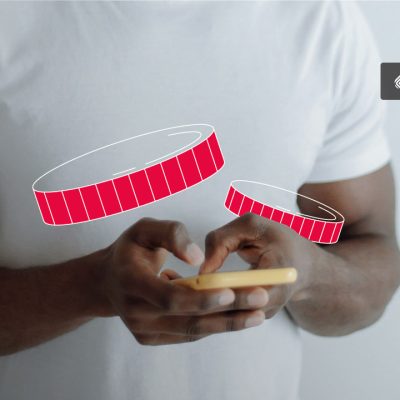Business or trade receivables are one of the elements of current assets in the preparation of a company’s balance sheet that can arise due to the sale of goods or services or the provision of credit to debtors whose payment system will be given for a period of 30 days to 90 days.
The existence of business or trade receivables is a demand on others in the form of money, goods or services that have been sold on credit.
In general, business or trade receivables can arise due to transactions of the company’s sale of goods or services with payment by the relevant party only able to be made after the transaction date to conduct buying and selling activities.
Considering in this case the company’s assets play a very important role, procedures in accordance with regulations must be carried out by incorporating debtors, so that better procedures are needed for the progress of the company concerned.
Characteristics of Trade Receivables
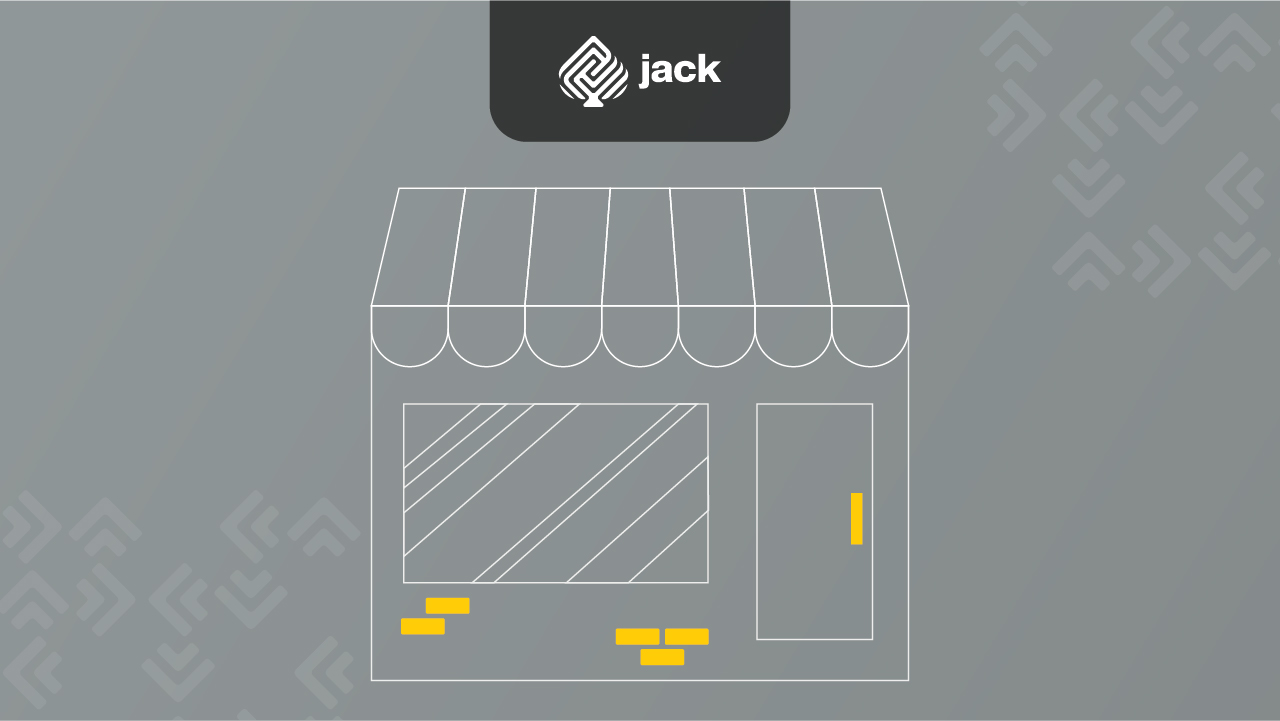
Characteristics of account receivables can be analyzed by the length of the debt burden that must be paid before the agreed time.
The following are the characteristics of business or trade receivables:
1. There is a Due Date
The emergence of a due date is a term that is able to explain the addition of a main transaction value added with an interest value that has been charged for payment on the due date.
For a buyer who has carried out transaction activities using a credit system, they not only make payments with the amount of goods that have been purchased.
But there is also interest that must be paid in accordance with the applicable provisions. This is because the person concerned has requested time to pay for goods with a predetermined tempo.
2. There is a Due Date
Another characteristic of trade receivables is the due date which can be known from the length or age of the receivables to be paid. Generally, for sellers who use two types of age measurements, namely monthly and daily.
If it is monthly, of course, the due date is the same as the date of the buyer to carry out credit transactions and only differs in the month. If using daily age, calculations must be made to determine the exact due date.
3. There is Interest Imposed
Account receivables can occur because the buyer has decided to carry out transaction activities carried out on credit and this will usually result in interest. In this case, the interest will be paid as a form of consequence from the buyer who has requested a certain payment time.
This is also a form of profit for the seller because they have patiently supported the settlement of the credit they made. Meanwhile, the amount of interest can be adjusted to the policy of the seller to determine the level of interest used.
Types of Trade Receivables
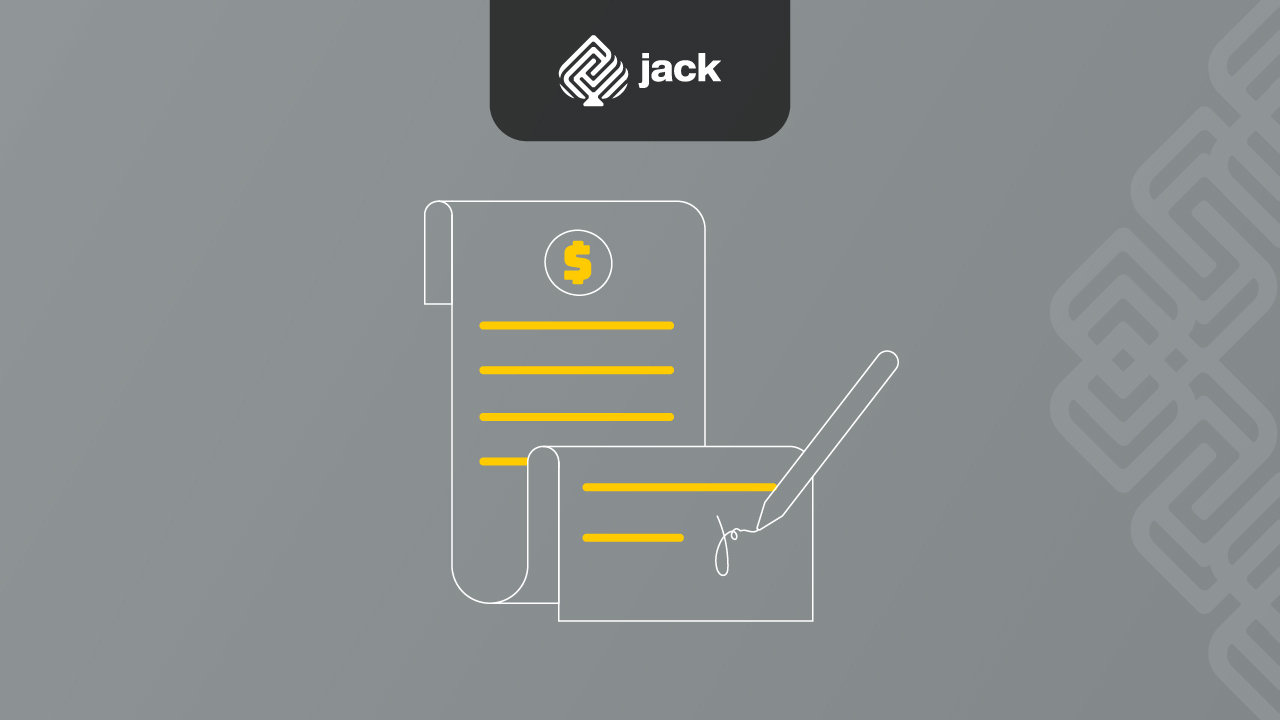
1. Trade Receivables
Trade receivables or accounts receivables are the amounts owed by customers who purchased goods or services on credit. Typically, collection is expected within 30 to 60 days. This type of receivable is usually the largest and most significant for businesses or traders.
2. Promissory Notes
Promissory notes are formal documents that can be issued to measure debt. The payment term for promissory notes usually ranges from 60 to 90 days, or even longer, which may require the debtor to pay interest. Promissory notes and trade receivables can be caused by ordinary sales transactions. This is an important type of trade receivable that many companies engage in.
3. Other Receivables
Other receivables include receivables other than trade receivables, such as salary receivables, interest receivables, employee advances, and tax refunds. Generally, these do not come from the company’s operational activities and are classified and reported separately on the balance sheet.
However, these still reflect the amounts arising from the sale of goods or services. Every company will have other receivables that they are responsible for and must pay according to what is charged.
How to Overcome Unpaid Trade Receivables
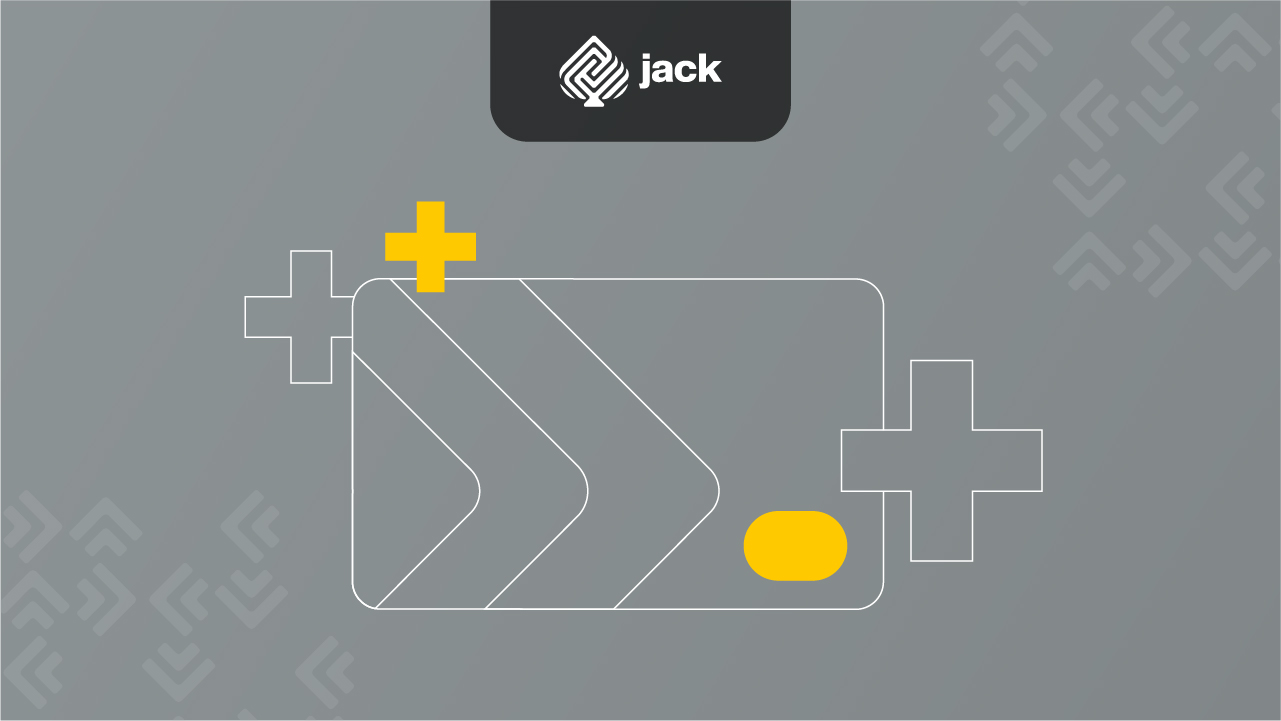
1. Follow Up
Following up is an effective way to remind customers to pay their outstanding debts. This has the potential to increase the likelihood of debt being paid. Especially for those who owe, they may forget that they still have outstanding debts. Therefore, it is important to follow up to prevent the debt from becoming uncollectible.
2. Aggressive Collection
If follow-up efforts are unsuccessful, the company can take more aggressive action to collect unpaid debts. This can be done by sending warning letters to the debtor or hiring a debt collector to assist in debt collection.
3. Late Payment Penalty
Imposing a late payment penalty can make debtors think twice about delaying payment beyond the due date. This is because the longer they delay, the higher the amount they will have to pay.
4. Implementing Credit Limit Policy
If the company previously provided a 30-day credit limit to all customers, they can reduce it to two weeks or only accept cash payments. This can help maintain the company’s financial stability and prevent unpaid trade receivables.
See also video tutorials from financial and business from Jack.

